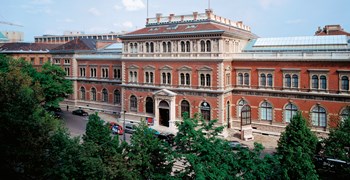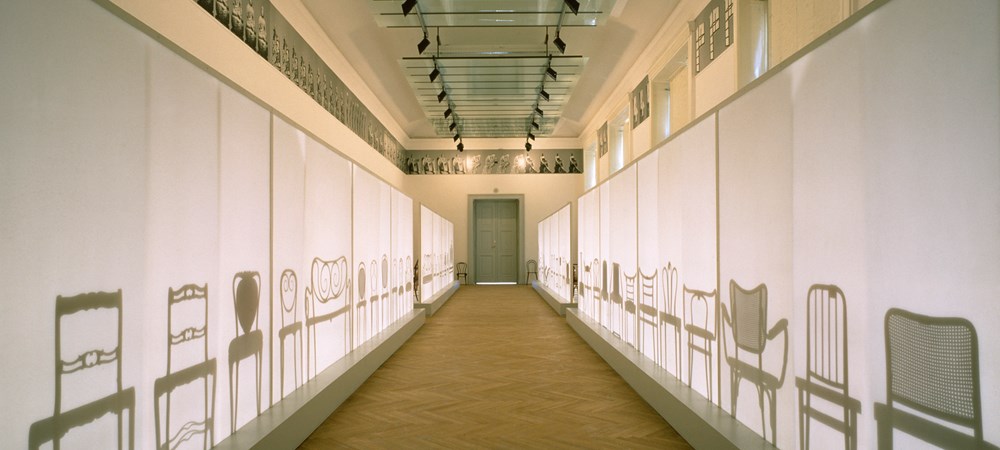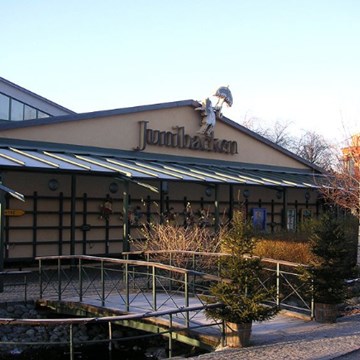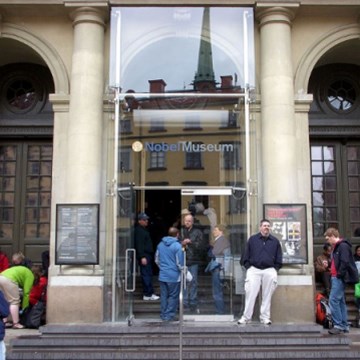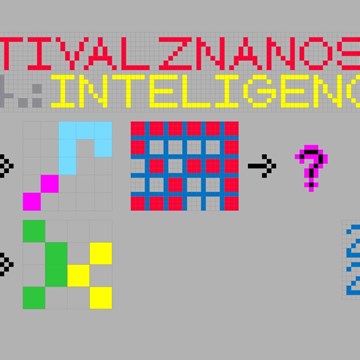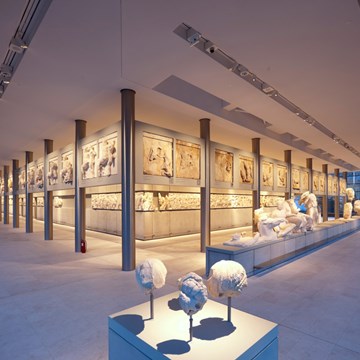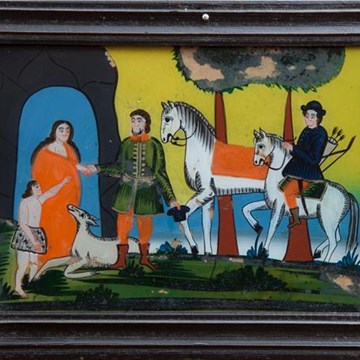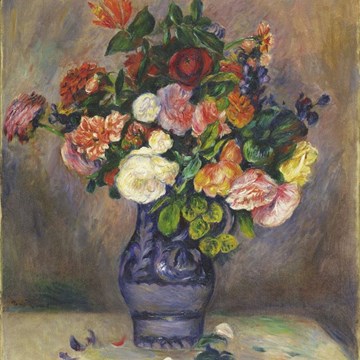Historicism Art Nouveau Collection
The movie synopsis would read something like this: Michael Thonet, a German chair designer, so impressed an Austrian prince with his elegant designs and innovative manufacturing techniques, that he was commissioned to design some woodworking for a palace in Vienna, and then encouraged by higher-ups to relocate his factory to Austria. There, his business flourished to become a late nineteenth-century international success story.
This is an exemplary case of an aesthetically sophisticated designer who was willing to experiment with production techniques. A man dedicated to reductive methods, in which (as a forerunner for the Modernist's "Form Follows Function”) he allowed the intrinsic qualities of his material, wood, to dictate the form of his designs. He was a reductivist in terms of production as well, sparing materials and time with his economical assembly line; turning a handicraft into an international mass-produced industry. He mass-advertised and distributed his furniture by catalogue, indicating that Thonet was also a brilliant early capitalist. He understood the need to develop a consumer society whose needs were created and then met.
Exhibitions and events
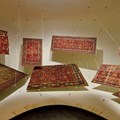
Carpets Collection
Permanent exhibitionFor the MAK’s 150th anniversary, designer Michael Embacher has given the Permanent Collection Carpets a new spatial concept that integrates an artistic intervention by Turkish artist...
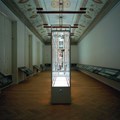
Renaissance - Baroque - Rococo Collection
Permanent exhibitionThe MAK's collection of lace, and its holdings of glassware—especially Venetian glass—are considered among the finest and most varied in the world. Even in the Baroque period, Venetian...
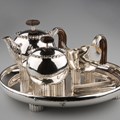
Vienna 1900
Permanent exhibitionVibrant and manifold: VIENNA 1900 in a new light The fascinatingly complex cultural epoch denoted by the term “Vienna 1900” has long been the stuff of legend. And the equally...
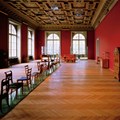
Empire Style - Biedermeier Permanent Collection
Permanent exhibitionA heterogeneous mass of consumers arose during the first half of the nineteenth century, something never previously seen in Austrian cultural history. With the effects of the Industrial Revolution...
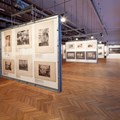
Works on Paper
Permanent exhibitionFrom Dürer to Sagmeister Every year, the MAK Library and Works on Paper Collection curates exhibitions based on its own holdings. In the context of this focus on the library’s various...
Activities from this museum

MAK Design Kids
In two-hour workshops, the MAK Design Kids turn their attention to furniture,...
